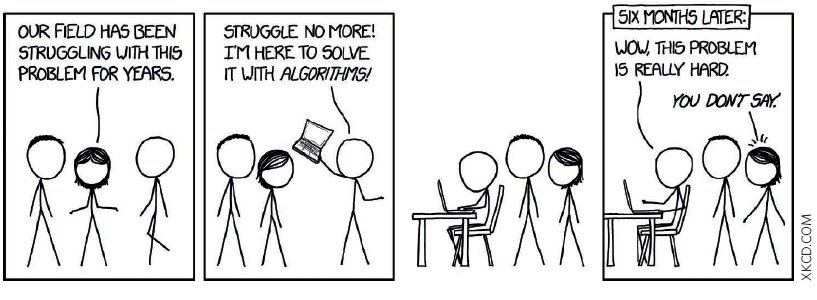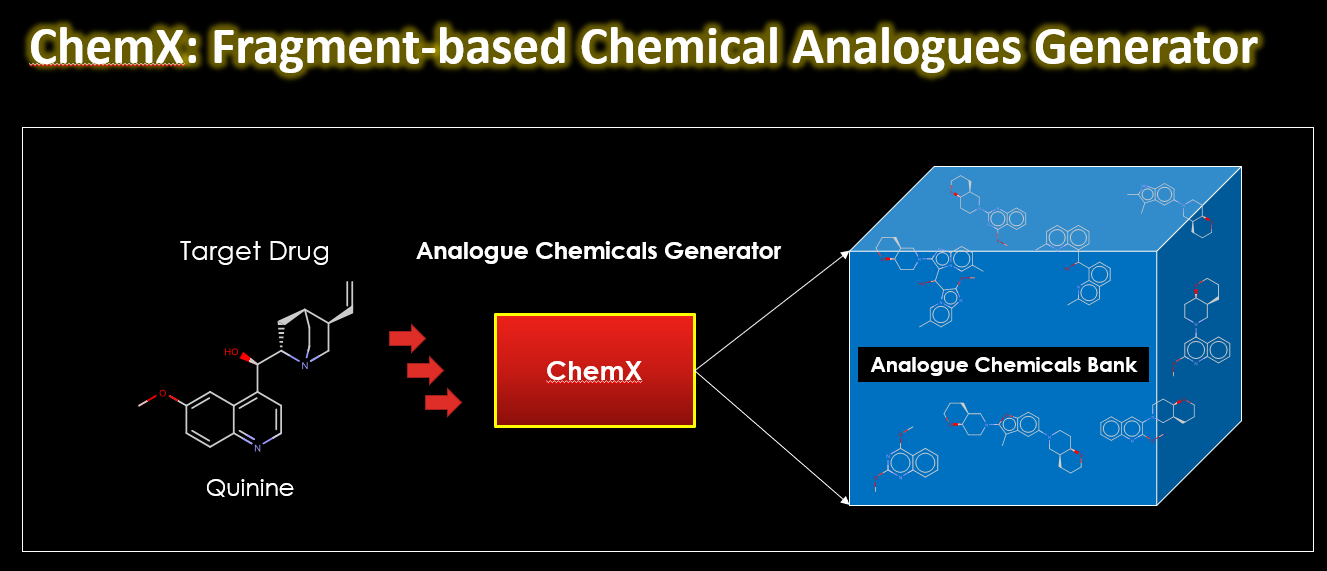Introduction In this tutorial, we’ll dive into using Reaction SMARTS for defining chemical transformations in cheminformatics. It is a powerful tool for those in cheminformatics and drug discovery looking to write chemical transformations in a structured and automatable way. It’s particularly valuable for virtual synthesis, reaction prediction, or automated workflows for compound libraries. In this…






